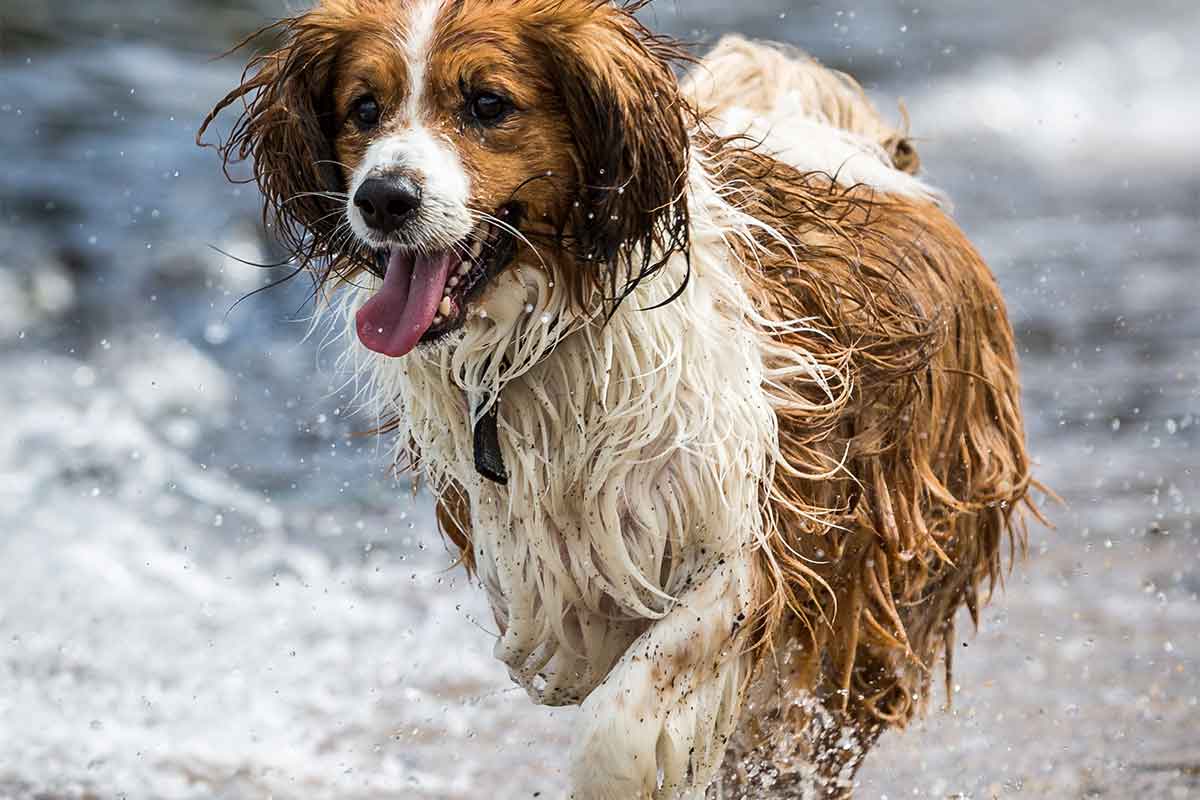When my late Greyhound, Savanna, was diagnosed with osteosarcoma, her oncologist advised amputation of her rear leg and chemotherapy. My husband and I were anxious about how our 10-and-a-half-year-old dog would respond to losing a leg, but we decided to give surgery a chance to save her life.
It was the right choice. Savanna had a rocky recovery period at first, but soon she was getting around fine on three legs, and she lived another two and a half years.
That was 22 years ago, and these days much more is known about amputation surgery, pain management, and recovery. Not only are there more and better pain medications, there are options for prosthetic devices and pet rehab techniques to help dogs and cats rebuild their strength and adjust to their new gait and stance. Here’s what to know about giving your pet the best recovery possible.
Stay Calm
Dogs and cats adapt quickly to their new situation, but owner state of mind is important, too. The best thing you can do is to stay calm yourself, says Rene Agredano, cofounder with husband Jim Nelson of Tripawds, an online community for people whose pets have lost a limb.
“Your animal will handle it so much better than you will,” she says.
Act normal. If you don’t typically feed your pet by hand or sleep on the floor with her, amputation is no reason to begin. Your dog or cat will wonder why you’re acting weird, and that can make him nervous or confused.
Agredano recalls the first time her dog, Jerry, fell after his amputation.
“I freaked and I cried and I was hysterical,” she says. “And Jim was like, ‘Let him be a dog. He’s going to figure it out.’ ”
Once she accepted that, she says Jerry was happier because she wasn’t constantly hovering over him.
When you act as if things are normal, your pet will follow your lead. Pets don’t dwell on the fact that they’ve lost a limb. They wake up without a leg, and they adapt.
“Focus on healing the body,” Agredano says.
Seek Rehab Soon
While pets can learn to get around without rehab, recovery goes better if it is guided by a veterinarian or other professional trained to help them adjust to their new normal. That can help prevent injuries caused by returning to activity too quickly or in a way that puts the pet at risk. And some pets need to lose weight to help reduce stress on their joints.
Regular rehab sessions help pet amputees recover more easily and quickly. Massage, balance work to strengthen the core, shoulder muscles, and rear end, and walking on an underwater treadmill are among the exercises that can build strength, stamina, and stability. All of that equals less pain and better mobility.
Agredano and Nelson believe rehab is so important that they offer $200 rehab reimbursement grants through the Tripawds Foundation. It’s a way to help people learn what a “tripod” pet can and can’t do, how to help the pet lose weight, if necessary, and other tips on the recovery process.
After Surgery And At Home
One of the simplest, no-cost ways to reduce post-surgical pain is to ice the incision. Ask your veterinarian what he or she recommends putting on the incision and at what intervals.
“We know it reduces swelling, and it’s good for pain,” says veterinarian Sheilah Robertson, senior medical director for Lap of Love Veterinary Hospice. “It gives the owner time to sit with their pet, which I think is important. We know that distraction techniques work to alleviate pain in children, so I think the same happens in animals.”
Your pet will be unsteady on his pins for a few days to a few weeks or more after he returns home. Be sure he has secure footing, especially if your home has wood or tile floors. Lay down throw rugs with nonskid backing in the areas where he’ll be walking. It’s probably a good idea to limit where he goes until he’s feeling more confident about his ability to walk. You can also aid recovery by providing a serene atmosphere not only with your own attitude but also with soothing canine or feline pheromones and calming, pet-friendly music. Complete recovery can take several months, but you will be amazed at how quickly your pet starts to get around and adjust to this new normal.
This article was reviewed/edited by board-certified veterinary behaviorist Dr. Kenneth Martin and/or veterinary technician specialist in behavior Debbie Martin, LVT.








